It’s quite obvious how a lack of medical supplies can be a problem at any hospital. From a lack of antibiotics to treat sickness and infections to a shortage of lead aprons for x-rays, the consequences of inadequate supplies are often devastating.
The opposite problem is less obvious and often goes unconsidered, on the other hand. While the idea of having more medical supplies than needed can seem like a positive one, it can also have significant consequences.

source:iconfinder.com
Medical waste
Medical waste is problematic firstly because it denies patients access to perfectly good materials. This is a big enough problem in US hospitals, and it becomes a real tragedy when considering developing areas of the world that desperately need good supplies.
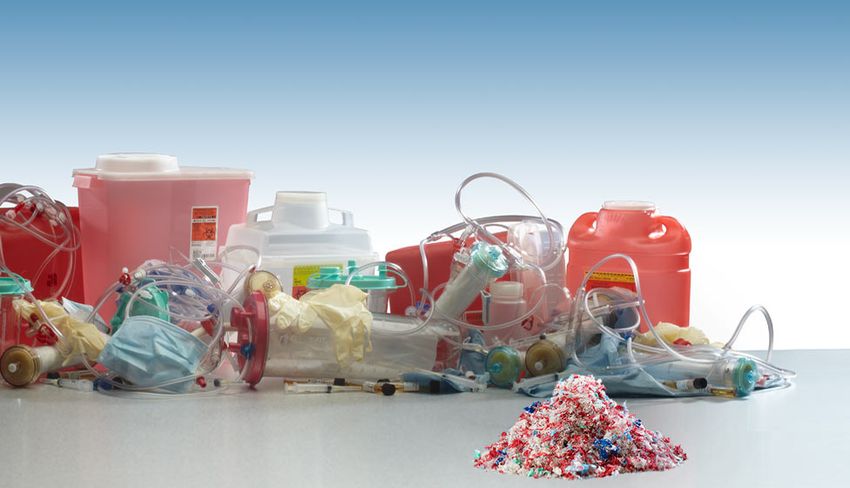
source:sccgov.org
Secondly, wasted materials serve to drive up operation costs in hospitals that are constantly ordering new supplies and equipment. In an era where healthcare continues to become more costly, this does little to alleviate the problem. It’s an unfortunate truth that medical surplus results in US hospitals wasting approximately $765 billion in usable equipment each year.
Causes of medical waste
There are two major reasons why so much medical equipment goes to waste. The operating room is one of the biggest offenders: it’s estimated that in US hospitals, two tons of supplies are wasted per day in the operating room alone. Looking at this another way, roughly $1,000 in supplies are opened and then discarded without use per procedure.

source:stmarkhanover.com
Things like towels, sponges, and gloves are the most frequently discarded materials, but it’s not uncommon for more expensive supplies, like screws, to be discarded as well. The rationale behind this behavior is that once a product is opened, it is “contaminated” and unfit for further use. This mentality also applies to any supplies that enter a patient’s room, and in this case, the supplies must be discarded even if they haven’t been opened.
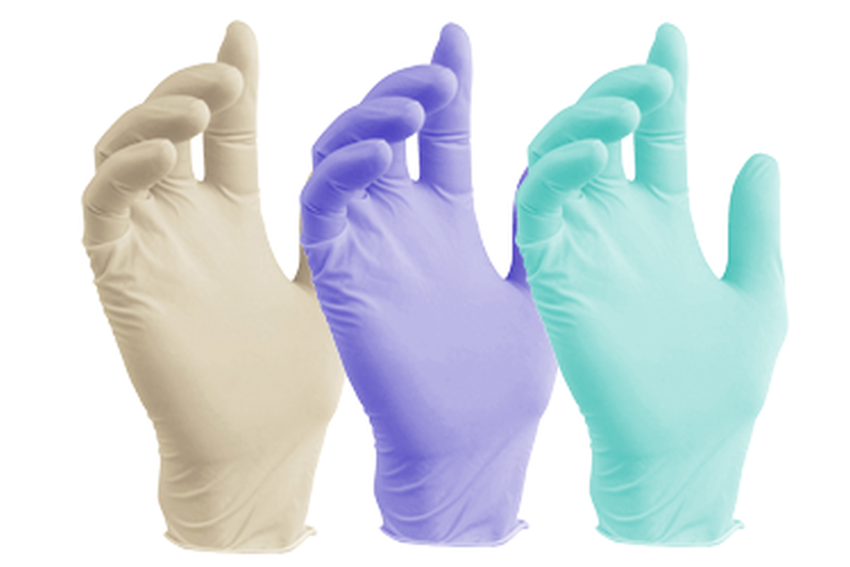
source:mdsassociates.com
The other big culprit behind medical waste is the constant upgrading of equipment. Once new models are introduced to the industry, it’s common practice for older models — even those that still work perfectly — to be discarded in favor of the new ones. Even something as simple as a hospital changing equipment vendors can result in an incredible amount of equipment being thrown out due to infection protocol. As it stands, there are simply too many ways to waste valuable products.
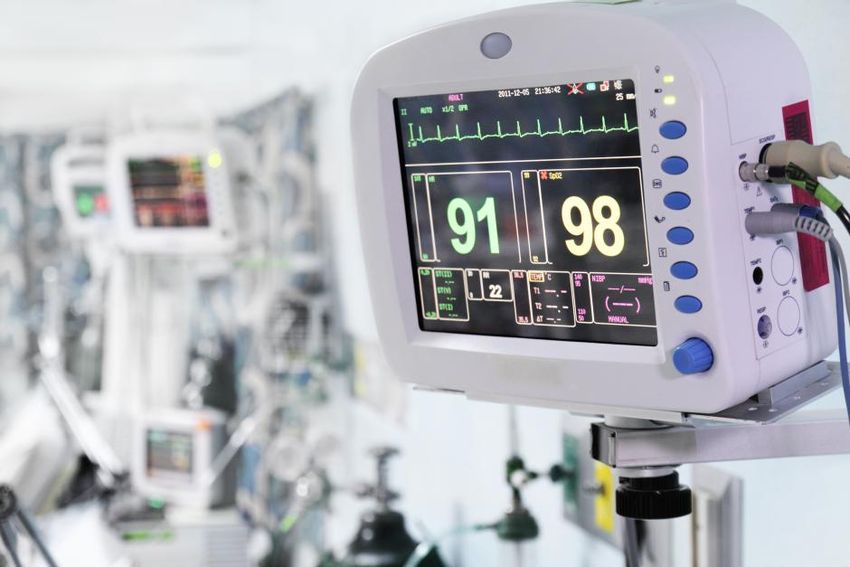
source:stmarkhanover.com
Potential solutions
There are some fairly simple steps that can be taken within hospitals to reduce waste. First, supplies can be used much more conservatively. For example, improved communication between surgeons and nurses regarding preferred equipment ensures that only the correct supplies are brought into the operating room in the first place. A feedback system within the departments is also useful, so that each department can track their use of supplies compared to their peers and share ways to reduce waste.
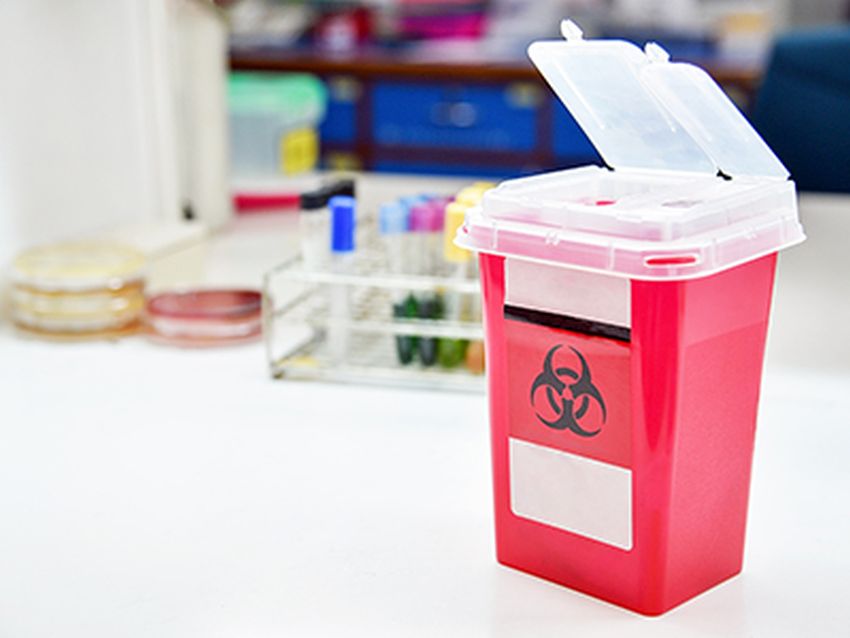
source:sccgov.org
Possibly the most realistic solution, however, is for unused supplies and equipment to be donated to those in need. Elizabeth McLellan, founder of Partners for World Health, has been seeing to this for the past 11 years. Her organization collects surplus supplies from hospitals and ships them to locations around the globe.
Of course, it doesn’t take a large organization to make a difference. Extra supplies from home can always be donated, and are equally appreciated, and medical suppliers can donate usable materials from damaged containers that would otherwise be discarded. Anyone who is willing can make a positive impact.
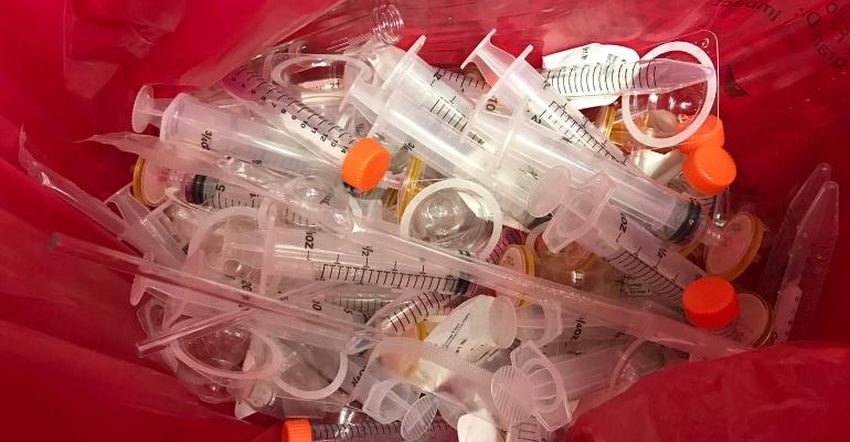
source:sccgov.org





